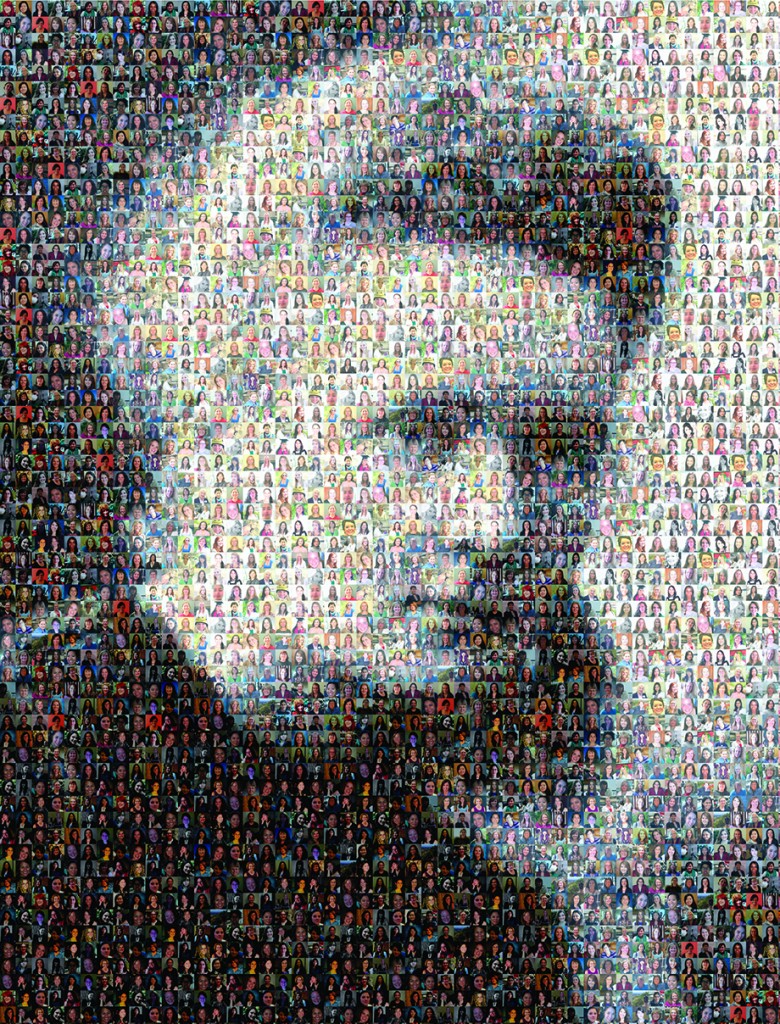Tags
atmosphere, atomic, chemistry, Continuum, diagrams, frontispiece, Gauthier-Villars, Henri Becquerel, marbled boards, marbled endpapers, Marie Curie, Marie Sklodwaska Curie (1867-1934), math, Nobel Prize, Paris, physics, Pierre Curie, polonium, protrait, radiation, radioactivity, radium, Sorbonne, sun, Thatcher Building of Biological and Biophysical Chemistry, The University of Utah, thorium, uranium, Utah, women
Continuum, The Magazine of the University of Utah features The Curie Poster.
“In the southwest corner of the University of Utah’s Thatcher Building for Biological and Biophysical Chemistry, The Curie Poster is displayed as a tribute to Utah women in chemistry.”
Read the Continuum article
Visit the poster in the Thatcher Building for Biological and Biophysical Chemistry.
Hold the first edition of Marie Curie’s Traite de Radioactivite, Paris, 1910, in Rare Books.
Traite de Radioactivite
Marie Curie (1867-1934)
Paris: Gauthier-Villars, 1910
First edition
QC721 C98 1910
Marie Sklodowaska Curie received degrees in math and physics in Paris. She earned her doctorate in 1903. Her husband, Pierre, a professor of physics, became involved in her research. They, along with Henri Becquerel, were awarded a Nobel Prize in physics for their work that same year. In 1906, after the death of her husband, she was offered his chair in physics at the Sorbonne. In 1911 she was awarded a second Nobel Prize in chemistry.
Traite is Curie’s fullest statement on radioactivity, a word she created for a concept that she invented and defined. Henri Becquerel discovered of a type of radiation discharged from a uranium compound that was capable of passing through sheets of matter opaque to ordinary light. Curie then began a systematic examination of a large number of chemical elements and their compounds to test whether they possessed the “radioactive” property of uranium. Only one other element, thorium, was found to show this effect to a degree comparable with that of uranium.
After testing the various compounds of uranium, Curie discovered that radioactivity was an atomic property, i.e., the activity was proportional to the amount of uranium present and was independent of its combination with other substances. In trying to isolate this radioactive property from the compounds, Curie isolated the new elements polonium and radium.
In Traite she provided a detailed review of discoveries she made and confirmed the connection between matter and electricity. The first volume contains detailed descriptions of how she measured radiation, with numerous text illustrations of the instruments. In the second volume, Curie discussed the nature of radiation, the heat and various phenomena associated with radiation and the varieties of radioactive substances. The final chapter concerns radiations of the sun and atmosphere.
With a frontispiece portrait of Pierre Curie, seven plates, five of which are photographic, and nearly two hundred diagrams. Bound in contemporary three-quarter brown cloth with green morocco spine label and marbled boards and endpapers.




You must be logged in to post a comment.